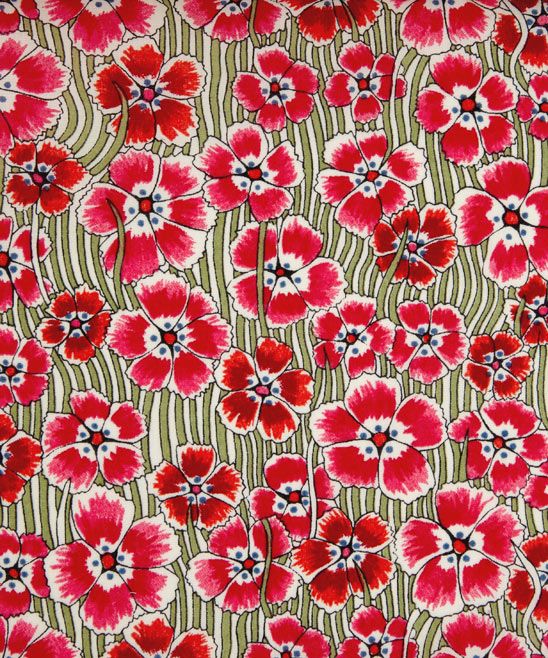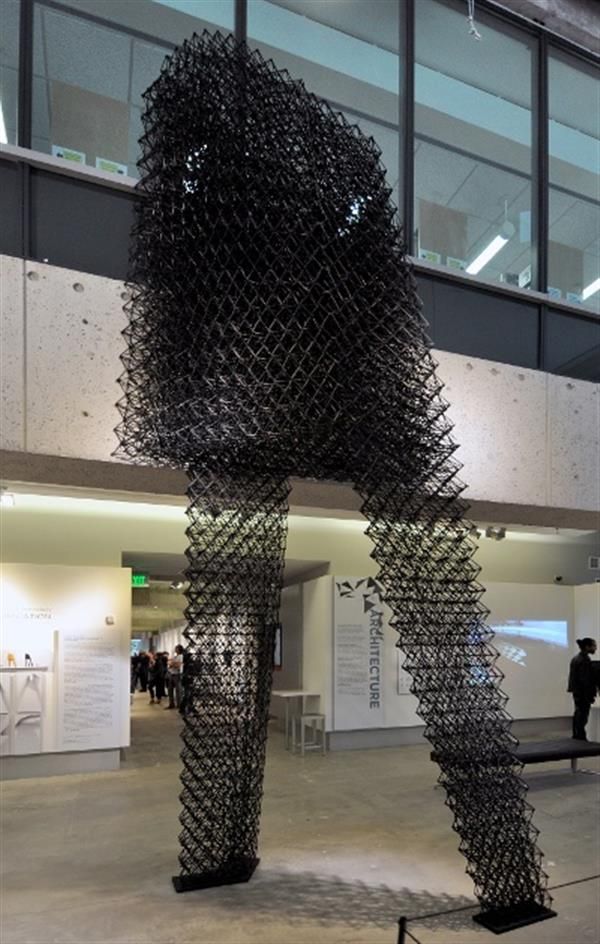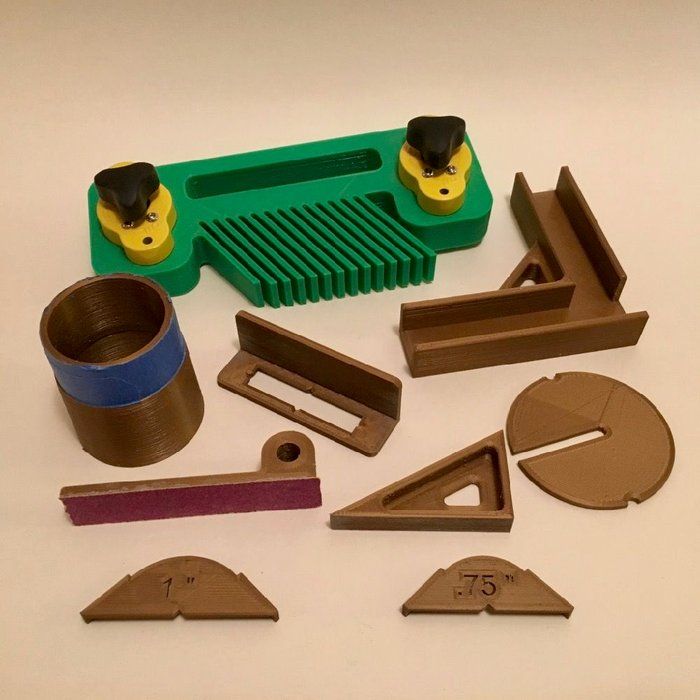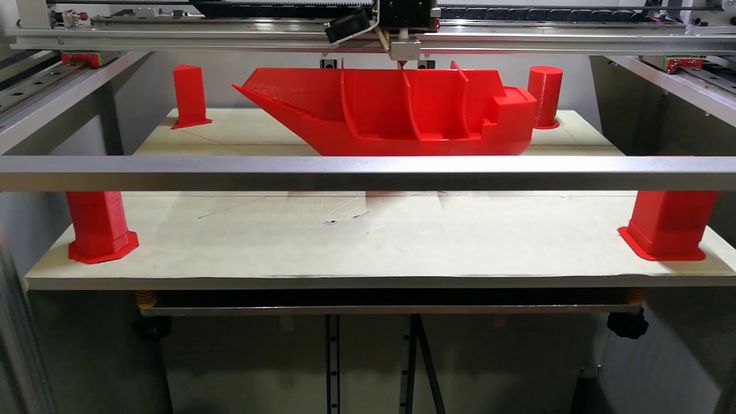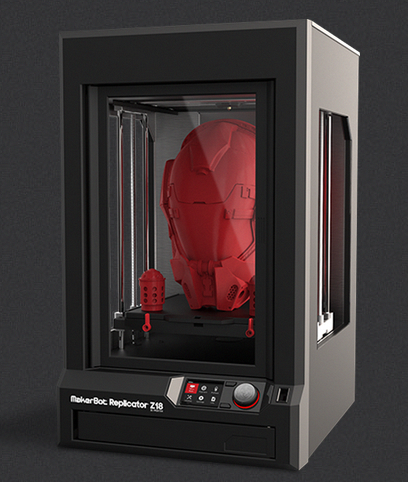3D printing artists
3D Printing Artists
Additive manufacturing or 3D printing is a process of making a three-dimensional solid object of virtually any shape from a digital model. 3D printing is achieved using an additive process, where successive layers of material are laid down in different shapes. More and more artists and specifically sculptors are making use of this technology. This is a list of 3D printing artists that I will keep adding to:
Marco Mahler and Henry Segerman
A collection of 3D printed mobiles, the result of a collaboration between Marco Mahler, a kinetic sculptor specializing in mobiles, and Henry Segerman, a research fellow in the Department of Mathematics and Statistics at the University of Melbourne. Designed in the spring of 2013, they appear to be the first fully 3d printed mobiles in the world.
Joshua Harker
Joshua Harker is a well-known American artist and considered a pioneer & visionary in 3D printed art & sculptures. His sculpture Crania Anatomica Filigre holds the record for the most-funded kickstarter sculpture project. His work is among nearly 3000 collections that include work from notable artists such as Andy Warhol, Ron English, Shepard Fairey, R. Crumb, & Robert Williams.
Bathsheba Grossman
Bathsheba Grossman is an artist from Santa Cruz, California who creates sculptures in bronze and stainless steel. 3D printing is her main medium but she also works with subsurface laser damage in glass. She defines herself as an artist exploring the region between art and mathematics. Her work is about life in three dimensions: working with symmetry and balance, getting from the origin to infinity, and always finding beauty in geometry.
Nervous System
Nervous System is a generative design studio that works at the intersection of science, art, and technology. We create using a novel process that employs computer simulation to generate designs and digital fabrication to realize products.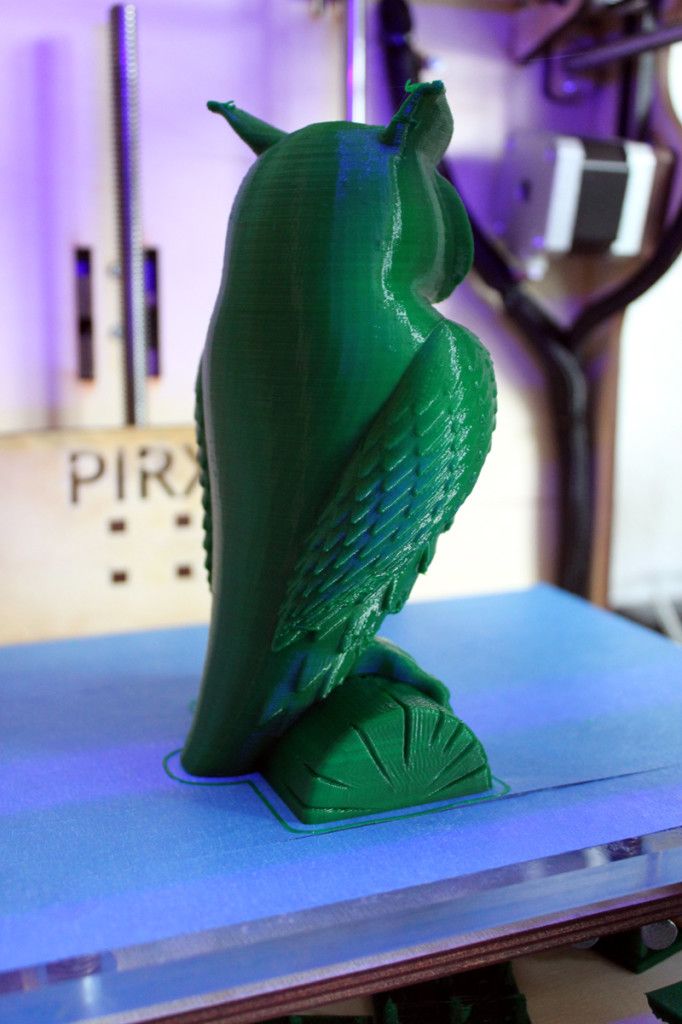 Drawing inspiration from natural phenomena, we write computer programs based on processes and patterns found in nature and use those programs to create unique and affordable art, jewelry, and housewares.
Drawing inspiration from natural phenomena, we write computer programs based on processes and patterns found in nature and use those programs to create unique and affordable art, jewelry, and housewares.
Theo Jansen
Theo Jansen is a Dutch kinetic artist. In 1990, he began what he is known for today: building large mechanisms out of PVC that are able to move on their own, known as Strandbeest, wind-walking examples of artificial life. The 3d printed versions of the kinetic sculptures are a great example of what 3D printing is ultimately capable of, and continue to evolve with the addition of a Propeller Propulsion system.
Eric van Straaten
Physical expressiveness in form and content is the biggest strength of the work of Eric van Straaten: while the sculptures remain to have a certain digital feel to them, the pieces contain a weirdly eroticized corporeality. Balancing on the edge of kitsch, the marzipan-like quality of the material resonates beautifully with the apparent innocence of the scenery.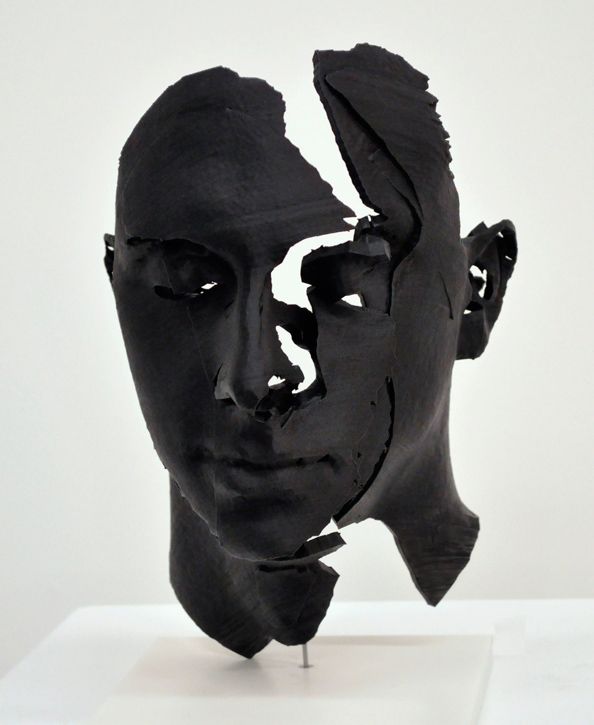
Cosmo Wenman
Cosmo Wenman has a vision of digitally scanning masterpieces from museums all over the world, and making the resulting files and information freely available online. His goal is to allow anybody with a 3D printer to be able to reproduce these rare works of art in their own homes, or in the classroom. In fact, he already has several works of art that he has scanned available.
Nick Ervinck
Studio Nick Ervinck applies tools and techniques from new media in order to explore the aesthetic potential of sculpture, 3D print installations, architecture and design. Through his divergent practice, a strong fascination with the construction of space is noticeable. Not only does Nick focus on the autonomous sculptural object, he also questions its spatial positioning and points to the phenomenological experience and embodiment of space.
Linlin & Pierre-Yves Jacques
Linlin (from China) and Pierre-Yves (of French origin) are young artists who were able to blend their cultural differences and artistic skills to make create a partnership of unexpected creativity.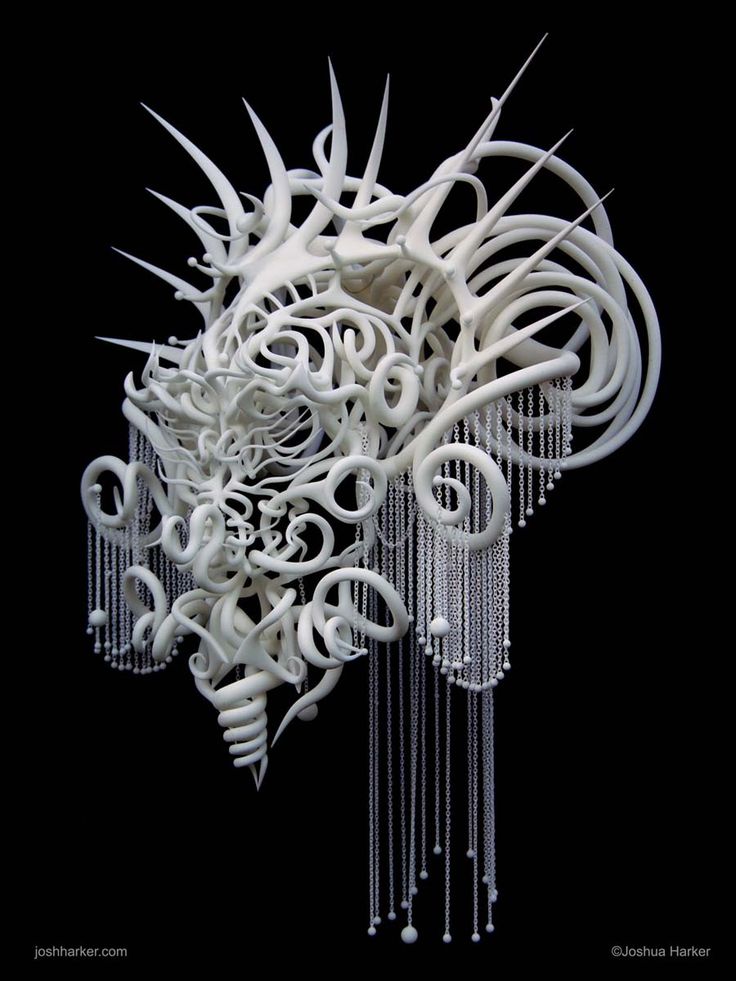 These artists met many years ago during their art studies – she brought a master’s degree in digital design and he, a diploma in 3D video production. The chemistry between these two artists was immediate, creating works that are a tribute to nature, knowledge and human feelings.
These artists met many years ago during their art studies – she brought a master’s degree in digital design and he, a diploma in 3D video production. The chemistry between these two artists was immediate, creating works that are a tribute to nature, knowledge and human feelings.
Monika Horčicová
Monika Horčicová is one of the hottest emerging artists in the Czech Republic. Born in Prague, she currently resides in Brno where she studies at the Faculty of Fine Arts at Brno University of Technology under the tutelage of Prof. Michal Gabriel. Her work explore themes of infinity; a repeated cycle of conception and death. Rather than looking at bones as a symbol of morbidity, she aims to show them as objects that can be beautiful when we view them properly.
Michaella Janse van Vuuren
Michaella Janse van Vuuren is a designer and artist with a PhD in Electrical Engineering. These diverse interests enable her to create sculptures that are technically complex and artistically competent, with a strong focus on design for 3D printing or additive manufacturing.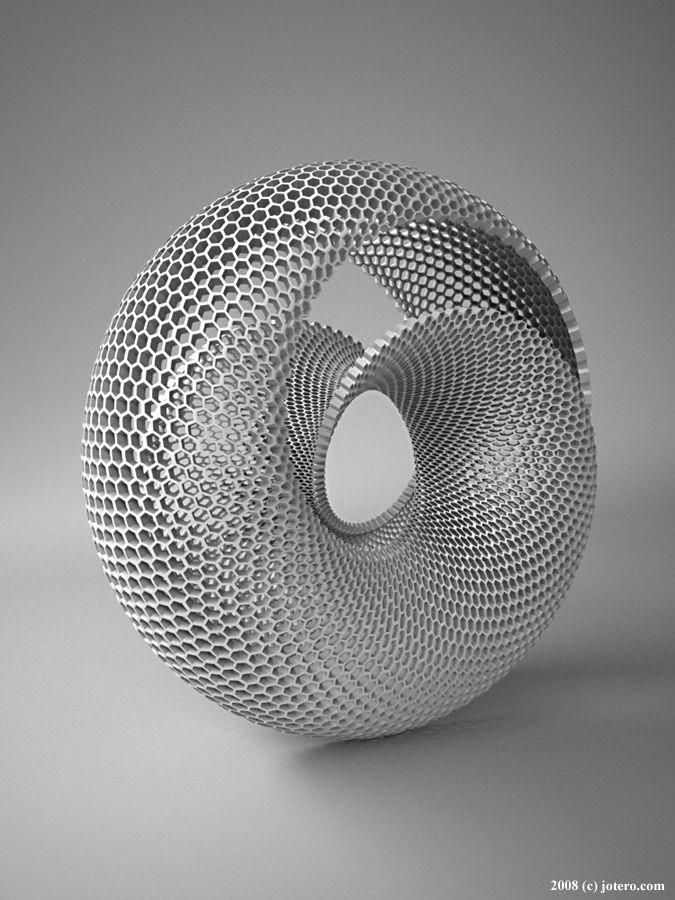 She writes: “I love the challenge of creating something that is imagined and then designed on computer and seeing if my idea printed out as envisioned. The first time I hold the design in my hand is when the finished product comes out of the 3D printer.”
She writes: “I love the challenge of creating something that is imagined and then designed on computer and seeing if my idea printed out as envisioned. The first time I hold the design in my hand is when the finished product comes out of the 3D printer.”
Louis Pratt
Louis Pratt’s approach to sculpture is novel and ground breaking. He starts by 3D scanning forms (people) from the real world into the digital world. With these digitized forms he then uses digital sculpture tools to manipulate the scanned data. He explores many types of algorithms and applies them to sculpture.The data is then rapid prototyped back from cyber space into the real world.
Isaie Bloch
Isaïe Bloch, founder of Ergatory, focuses his ongoing research and design ambitions on the correlation between craftsmanship and additive manufacturing within several creative domains including architecture, fashion and plastic arts. He has won the ‘Artist of the Year Award’ at the 2013 3D Printshow in London.
Gilles Azzaro
Gilles Azzaro, a French digital artist exposed his latest work at the 3D Printshow in London this year. The voice sculpture print: Barack Obama – Next Industrial Revolution. The 3D printed sculpture is the three-dimensional materialization of President Obama’s voice-print. The 3D voice-print portrays an extract of President Obama’s February 2013 State of the Union Address.
Lionel Theodore Dean
UK designer Lionel Theodore Dean believes in complexity. His objects are defiantly non-square, often pushing the boundaries of the functional object categories all industrial design adheres. Working with rapid prototyping techniques like laser sintering as a designer-in-residence at the University of Huddersfield, Dean realized that these methods were fully capable of producing high-quality objects fit for the consumer market.
Kevin Lee Willmorth
Lumenique, the art and design studio of Kevin Lee Willmorth, designs and creates sculptural portable lighting, with designs inspired by architecture and machinery, which includes lighted objects using 3D printing exclusively.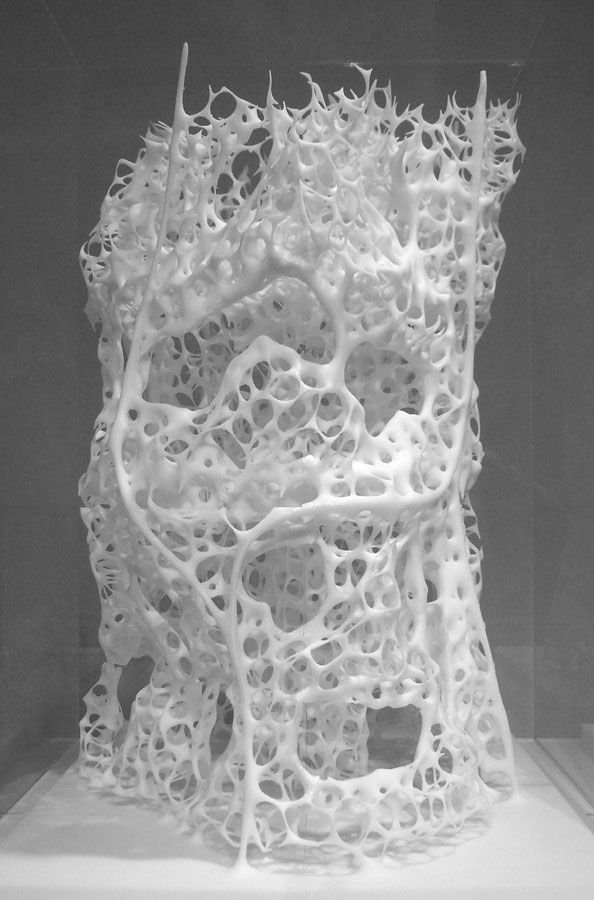 In 2010, Kevin created 53 unique functioning SSL products in 52 weeks as an exercise in the creative use of technology. You can also find out more about his process on his blog.
In 2010, Kevin created 53 unique functioning SSL products in 52 weeks as an exercise in the creative use of technology. You can also find out more about his process on his blog.
I’ll be adding to this list over time …
If you’re a 3D print artist and would like to be added to this list, please contact me.
9 Artists Who Are Killing It With Custom 3D Printing
Wait! Don’t trash that egg sandwich. There’s an artist who can use it in her next contemporary fresco. And if you’re not going to reuse that screw. . .hand it over. Andrew Meyers might want it for his portrait of Princess Di. Artists are known for pushing boundaries and for disrupting our eyeballs by using unconventional materials. But no disruption can compare with the increasing number of artists using custom 3D printing to bring their creations to life. The growing popularity of this medium has lead to a question that is bothering some within the industry: Is it even considered art?
It’s a question that’s much older than 3D printing itself.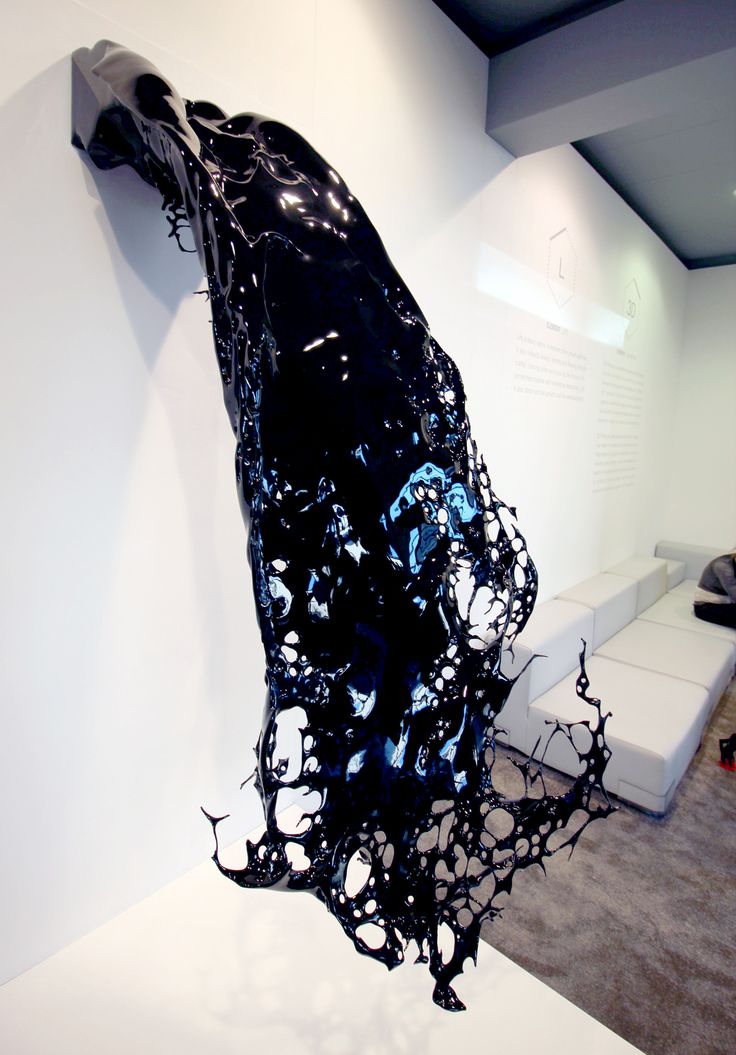 Artists have continually employed new and unusual vehicles for their creations. In the case of 3D printing, embedded within the philosophical debate about what defines art, is another question, “Does 3D printing make art too easy?” After looking at the ingenious and tedious efforts of the following nine artists, you can decide the answers to both questions.
Artists have continually employed new and unusual vehicles for their creations. In the case of 3D printing, embedded within the philosophical debate about what defines art, is another question, “Does 3D printing make art too easy?” After looking at the ingenious and tedious efforts of the following nine artists, you can decide the answers to both questions.
Don’t Tell These Nine Their Work Ain’t Art
These artists are thinking outside the proverbial and overused “box.” Their work not only employs 3D printing technology, which is original in its own right, but they use the technology in innovative ways or to break through the limitations of traditional processes.
1. Tomoko Nagao
Tomoko Nagao is a Japanese artist who reinterprets Renaissance masterpieces. In 2017, she strayed from her traditional oil and stencils on walls and canvases and traveled further back in time to create two micro-pop sculptures with a large 3D printer. Her Salome exhibit, 3D printed by Sisma Italia, put a funny spin on a biblical story and bridged an ancient event with modern technology.
2. Neri Oxman
Neri Oxman is an architect, designer, internationally recognized artist, and professor at the MIT Media Lab. This PhD aims to push the limits of additive manufacturing using new materials like concrete and glass, and in fact even develops the machines to print them. Besides fashion wear and architecture, Neri uses 3D printing to create art.
3. Rob and Nick Carter
Rob and Nick Carter went back in time, too, but not to biblical times. They took a 400 year-old painting and recreated the scene outdoors. They used 3D printing to duplicate tree trunks. Nine of them. Then they bronzed each and placed them in a field. This real-life work is titled Bronze Oak Grove.
3D printing makes duplication easy and fast, but there are other reasons artists are turning to this technology.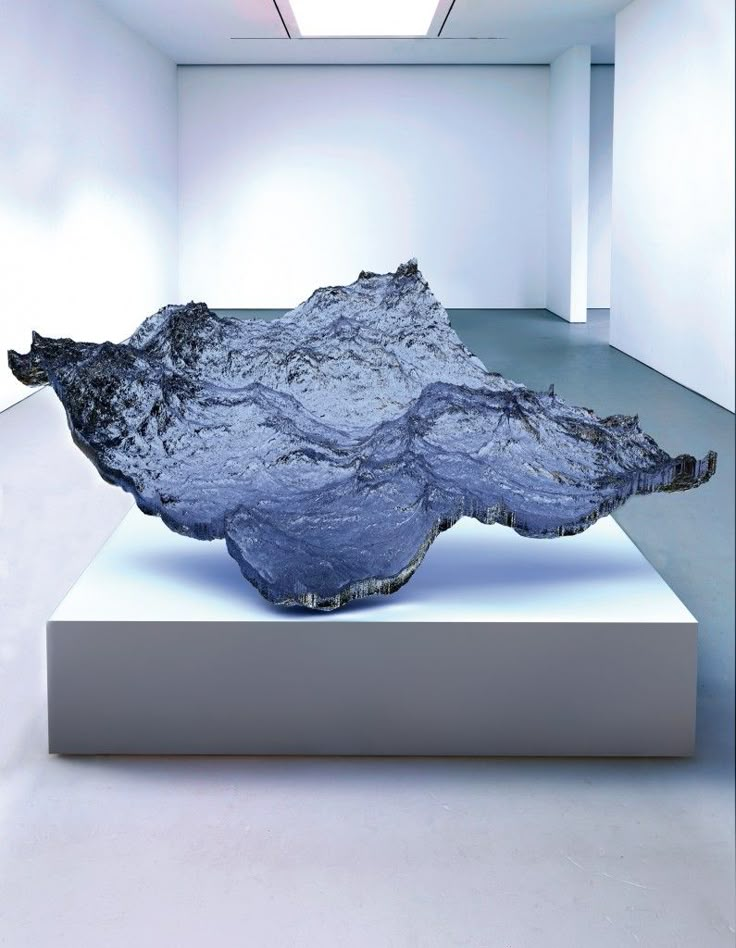
4. Batsheba Grossman
Batsheba Grossman uses her mathematics background to create cool works of metal art. 3D printing allows her to produce the shapes she envisions, a feat impossible to achieve without the technology. Batsheba said, “If you show these to somebody who works in metal, they fall on the floor.”
Additive manufacturing, the more technical title for custom 3D printing, builds layer upon layer, allowing artists to create difficult curves, bends, and hollow points without the fear of damaging their work. What professional would not want to decrease risk in their work? What about being granted the the opportunity to create a greater range of designs?
5. Julian Voss-Andreae
Julian Voss-Andreae lives in Portland, Oregon, and creates larger-than-life outdoor monuments. 3D printing technology frees him to create arbitrary designs. Often, they are large format human figures, sometimes becoming invisible at different angles.
6. Dario Santacroce
Dario Santacroce is an Italian sculptor determined to create perfect forms. Traditional sculpting methods did not deliver the perfection he envisioned. The solution Dario sought lie in the preciseness of custom 3D design and printing. First, he created prototypes on his own MakerBot. Then, for the final work, he searched and found a printing company in Germany. Dario’s Spherical Creations interlock three spheres around an invisible triangle. And they’re perfect, thanks to 3D printing technology (and Dario’s determination).
7. Gilles Azzaro
Do you remember President Barack Obama’s speech hailing 3D printing? You missed it? Well here it is. Gilles Azzaro captured that segment of the President’s State of the Union address and turned the digital voiceprint into a work of art. Showing the peaks and valleys of Obama’s voice, and guided by a line of light in sync with the President’s voice, Azzaro’s Next Industrial Revolution creatively combines multiple senses.
8. Ona Sadkowsky
Contemporary urban artist, Ona Sadkowsky, likes to be creative in a more “naughty” way. Putting her pastel paints to the side, Ona sketched a provocative 3-dimensional piece for an annual art fair. She sent the sketch to Dekom 3D Plus in her hometown of Zurich where the Dekom team turned her sketch into a computer-generated 3-dimensional model. Then they printed it on their Massivit 1800 3D printer. The final product was an eye-catching character that was popular at the fair, drawing lots of attendees to take photos with it.
9. Nick Ervinck
Nick Ervinck is known for adding color to his complex 3D-printed works of art. He uses CAD software to design his art and then sends it out for printing.
Bonus #10. Eyal Gever
Eyal Gever employed large format 3D printing to create a miniature model of the castle he was commissioned to decorate with a digital light show.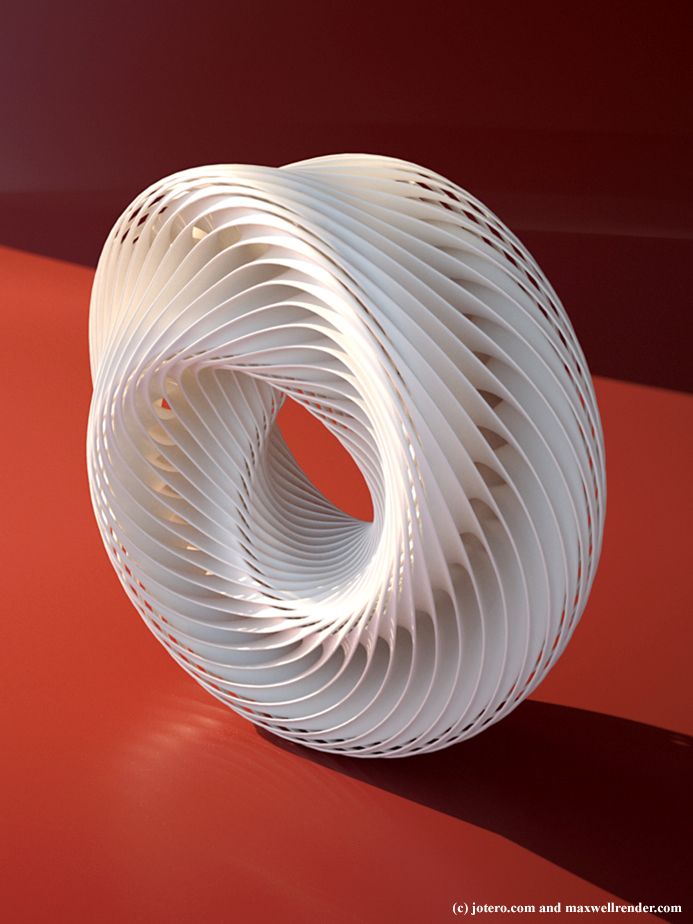 The 4-meter long replica, seen above his desk, saved the artist from flying to the location to test and perfect his work before the actual show.
The 4-meter long replica, seen above his desk, saved the artist from flying to the location to test and perfect his work before the actual show.
Growth in 3D Printed Art
3D printing technology is spreading, not only across more and more industries but within the art industry itself. With this growth, comes an increasing number of options for printing your work. There are desktop 3D printers, 3D printing hubs, and large format 3D printers available for your giant creations. With that in mind, to all the artists out there we say, Ask not what you can create with 3D printing, but Where will you have your next work printed?
Tell us about your experiences creating 3D art in the comments below.
Artist Dmitry Kavarga
D Mitriy Viktorovich Kavarga is a Russian artist. Participates in domestic and foreign exhibitions since 1988. He began his career with painting, but later acquired a recognizable style in biomorphic sculptures and interactive installations.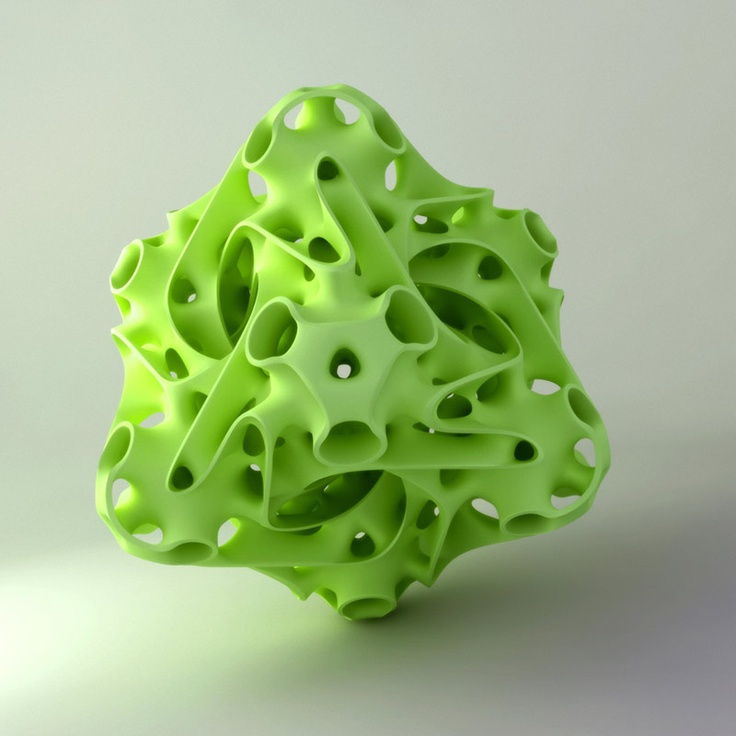
A large cycle of works is based on the synthesis of art and technology, including Dmitry uses 3D printing. Currently, the artist works with a wide range of polymers, serving both as a material for large-scale landscape sculptures and miniature detailed compositions.
Dmitry Kavarga, artist
I have been doing art since childhood, without interruption for anything else. As for sculpture in particular, I have been working with volume for twenty years. At first it was papier-mâché, all kinds of putty pastes and glues. Then I accidentally learned about the existence of polystyrene, which opened for me a window into the element of polymers. Of course, at that time there was no question of any 3D printing, at least in Russia. I first heard about a 3D printer in 2011.
"Spring Matter" from the cycle "Archiving Posthuman Compost", 2019.
In contemporary art there is such a term - "technological art". Artists who actively use various technologies in their work go beyond the territory of art itself, sometimes making scientific microdiscoveries.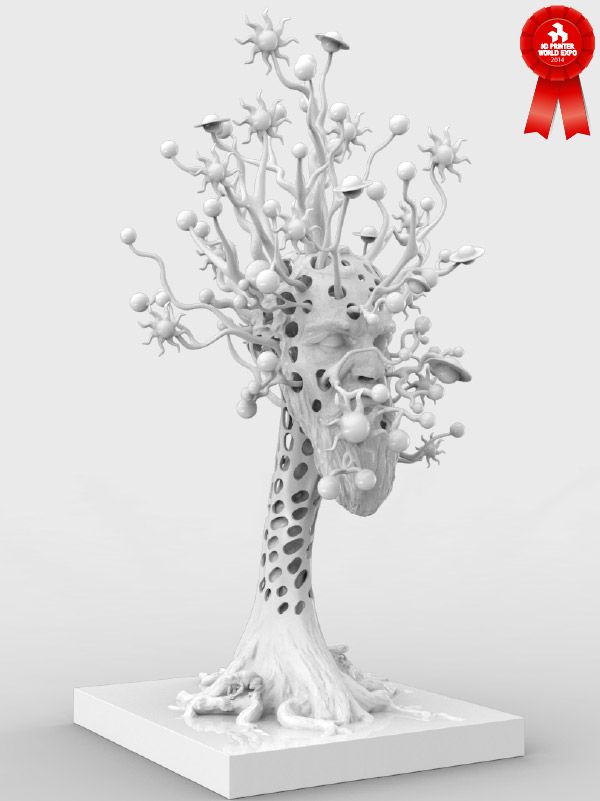 Being in a state of constant live experiment and synthesis of various media, interacting with scientists, engineers, roboticists, they discover new meanings and unexpected technical solutions, as if breaking the usual pragmatic codes within themselves. They are driven by the search for novelty, the desire to be on the cutting edge of time and thought, and not the routine of applied practices.
Being in a state of constant live experiment and synthesis of various media, interacting with scientists, engineers, roboticists, they discover new meanings and unexpected technical solutions, as if breaking the usual pragmatic codes within themselves. They are driven by the search for novelty, the desire to be on the cutting edge of time and thought, and not the routine of applied practices.
If we talk about my interaction with technologies, then I do not use them, but they change me. Any new tool that I have, whether it is a high-pressure apparatus for spraying polyurethane foam or a 3D printer, changes both the themes of subsequent works and their plastic incarnations. I surrender to the will of their influence on my creative consciousness and observe what is happening. It's really interesting.
“Model of biometric reflections” 2011. Exposition “Life. Version of science" the second international sci-art festival. Center for Contemporary Art "Winzavod", Bely's workshop.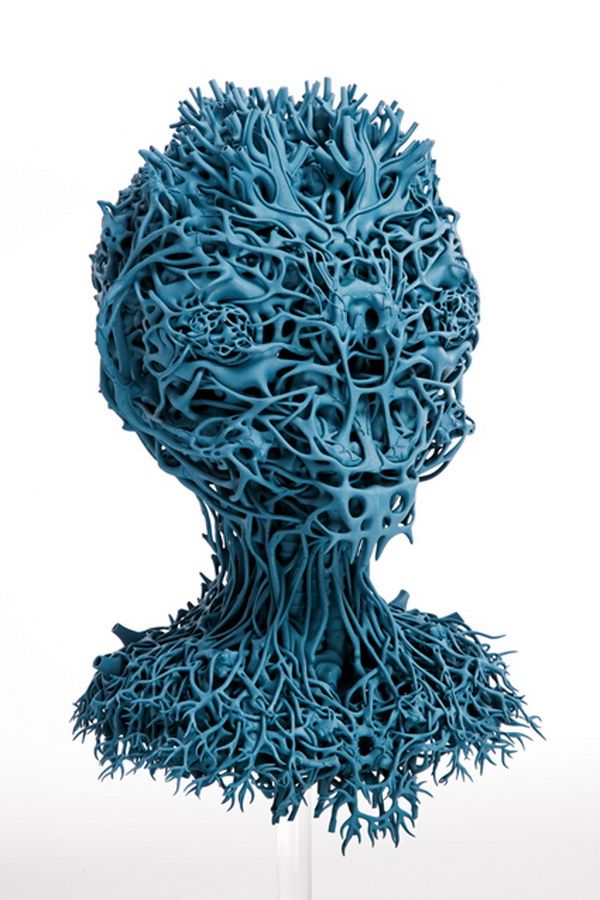
In 2011, with the support of the Dynasty Foundation for Non-Commercial Programs, we worked on a large interactive robotic object called the Biometric Reflection Model, which used biofeedback. The person in contact with the object had to set in motion the mechanisms and formations inside the sculpture with the warmth of his hand, the effort of thought, the rhythms of blood flow and emotional activity.
We worked on this object together with an engineer, a programmer, a psychophysiologist and a roboticist. It was then that we had the idea to connect a 3D printer to the sculpture, so that after each contact with people, an abstract microsculpture would be printed by itself, a kind of cast of a specific contact. The idea hung in the air for some time, but was not implemented, it was expensive, technically and programmatically difficult.
"Forward" from the cycle "Athletes of Neofuturism" metal, polymers, polyurethane foam, 3D printing, 320x120x130cm, 2018.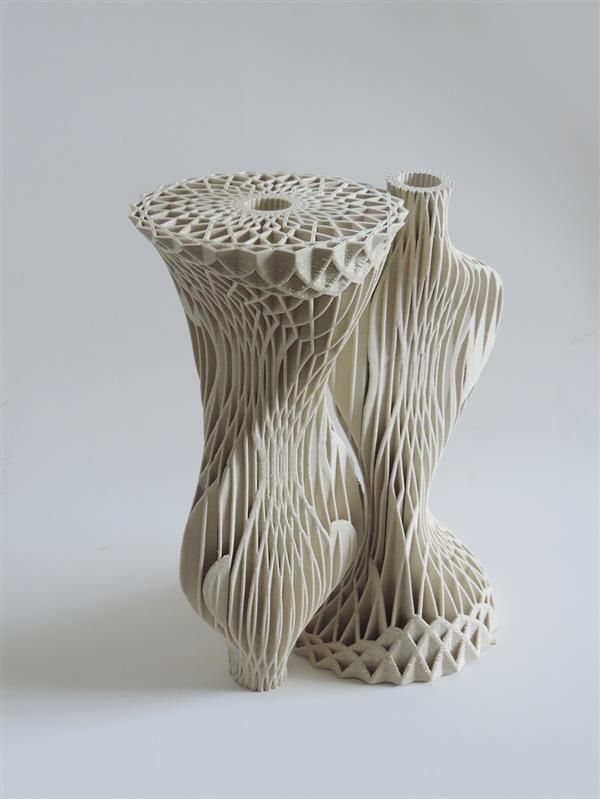
What equipment is used?
But the very thought of a printer has haunted me ever since. At the beginning of 2017 I bought my first printer and it was Picaso 3D Designer.
I chose a suitable model for a long time - I had to consult with all the familiar roboticists. As a result of endless conversations, the choice nevertheless fell on PICASO 3D Designer - even then it was a time-tested and optimal device for implementing ideas. This printer is still alive today, and continues to work in my workshop.
There was a moment when there was little time left before the opening of the exhibition, and my Picaso could no longer physically cope with the volume of work - then I purchased a Prusa printer. We managed to prepare for the exhibition, but the quality of the Prusa print surface is much lower, which is unacceptable for me. Of course, there is post-processing, I cover the finished sculptures with a protective polyurethane coating, but a rough print cannot be hammered with anything, it will definitely come out, drawing my nerves and attention to itself.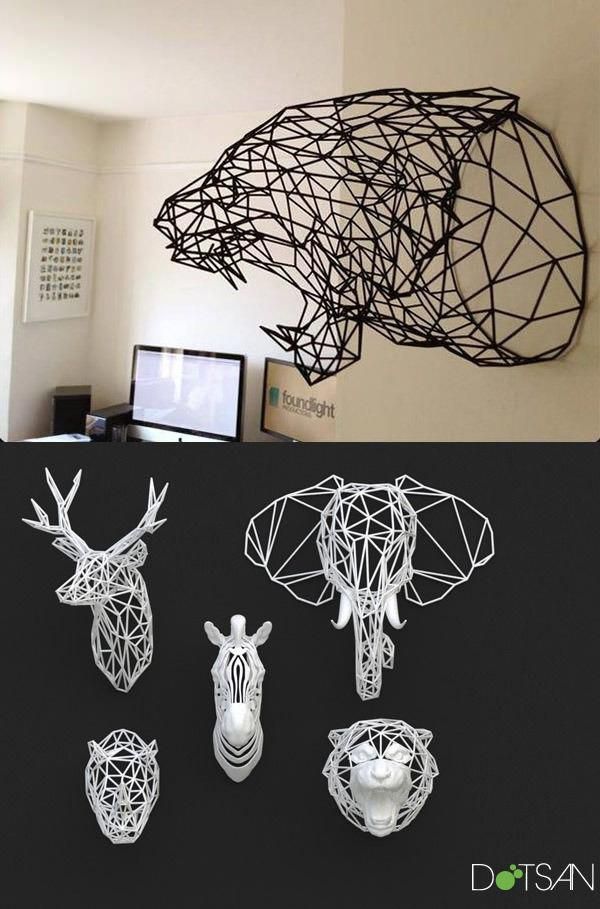 In addition to these two, I have a small photopolymer printer that prints the smallest and most detailed plastic.
In addition to these two, I have a small photopolymer printer that prints the smallest and most detailed plastic.
And just recently I got a new printer model - Designer Classic. I decided that two PICASOs are better than one - their efforts are enough for my ideas. There are still plans to assemble a large-format printer, I don’t know yet what kind of beast it will be, but sooner or later I will have it.
How are printed parts used in jobs?
The main task of a 3D printer in my workshop is to print a mass of small details, elements of sculptures. These details are different - both constructive, consisting of straight lines and geometric shapes, and biomorphic, repeating the plasticity of living beings. All kinds of cubes, gears, figurines of people and animals, and other objects.
"Evolutionary substance" from the cycle "Archiving posthuman compost", 2020 fragment.
Before the advent of the 3D printer, each element had to be made by hand, then the rubber mold was removed and endless copies of the parts were cast. The quality suited me, but it is not possible to cast everything, even into a complex shape from good rubber. Plus, in terms of lifetime, the printers have saved me months of hard work and continue to do so.
The quality suited me, but it is not possible to cast everything, even into a complex shape from good rubber. Plus, in terms of lifetime, the printers have saved me months of hard work and continue to do so.
I use only white ABS plastic for printing products, because then I paint them with either acrylic or pigmented protective coating. I chose the most basic equipment for myself, because, in my case, the most difficult is still done by hand. The printer is only an auxiliary tool with a simple and clear task, which it must perform properly and efficiently.
My wife is in charge of preparing models and printing, together with whom we form a reliable, experienced team with great experience. Most of the models used are ready-made forms that are being finalized in 3D-max. The superfluous is cut off, the necessary is completed, something is spliced from several figures, poses are changed - then the details go to print.
The printed material gradually accumulates in thematic boxes - "heads", "naked people", "living creatures", "constructions", "philosophers", "poets", "politicians", "garbage", etc.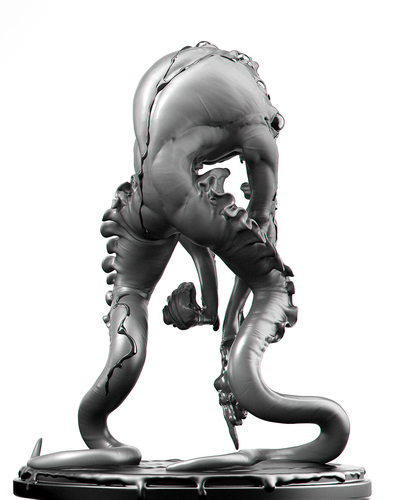 As needed, all this goes into action, often undergoing extreme thermal and chemical deformations ...
As needed, all this goes into action, often undergoing extreme thermal and chemical deformations ...
"Female substance" from the cycle "Archiving posthuman compost", 2020.
The cycle “Archiving posthuman compost” is a large number of test tubes of various shapes, inside which are hardened clots of various existential or social processes, phenomena, concepts, whether it is “Evolutionary substance” or “Feminine”, “Philosophical” or “Revolutionary”. These substances in their totality make up the picture of the world formed by mankind, the reality in which we exist.
I had plans to scan my own finished sculptures and print them already as elements for new sculptures. But, as a rule, they have great detail, and when reduced, the details become thinner, becoming completely fragile, or disappear altogether. Plus post-processing of the surface and getting rid of supports - the process becomes inappropriate. It turns out that it is easier, faster and more interesting to do something new manually.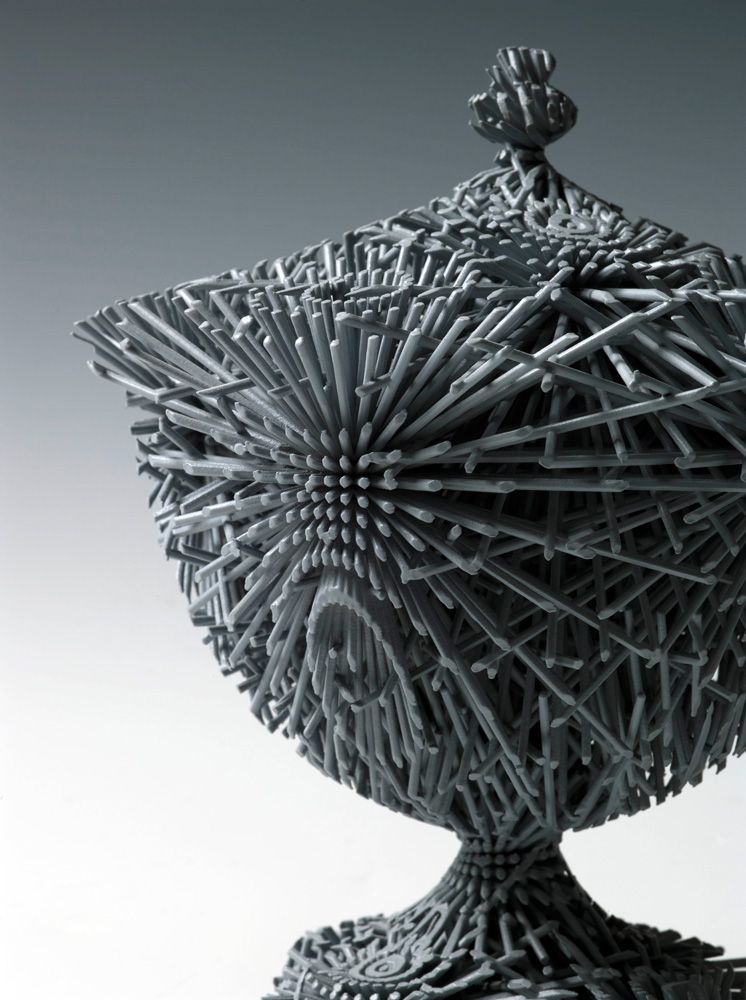
"Toxicism 10" from the series "Toxicosis of Anthropocentrism" 90x90x7 glass, polymers, 3D printing, 2019, fragment.
Ideas of objects, as a rule, grow one from another, often moving in coils. For example, the sculptures of the Archiving of Posthuman Compost cycle originate from the earlier Toxicosis of Anthropocentrism, and even earlier from the Paleo-Geo-Morphology project.
"Polyester substance" metal, polymers, 3D printing, 180x170x110cm, 2021 fragment.
Biomorphic Sculpture Park
I'll tell you about several outdoor inhabited sculptures, the idea of which was formed long ago, the incarnation took place last summer, and the reaction of local residents overturned and cut off all future plans.
In the forest, on the island of a very distant lake in the Leningrad region, we decided to create a biomorphic sculpture park. The specifics of all park objects are united by one general principle - each sculpture should be a kind of "ark" for animals, birds, insects or fish to live in it, be inhabited by plants, interact with the elements of wind or water, forest, clouds, fog, sun, etc. d.
d.
"Birdhouse" (for three nests), 2020, 100x80x70 resin, 3D printing, fragment.
The first three works for the park were created and brought to the site. Each one took about two weeks to complete. These are bird houses, which we have fixed on trees; from afar, they resemble natural tree growths - “burls”. The material for them was melted down fragments of sculptures from different years, which I combined into a single rather complex structure, designed to be populated by three families of birds each.
The inner surface of the ark houses is covered with a soft foamed polymer, and the outer surface is a protective hard shell of many naked human bodies and busts of historical figures, philosophers, poets, politicians, generals, etc. Thus, anthropocentric projections in the form of 3D printed figures serve as good insulation for the walls of bird houses. Over time, the busts and bodies will be covered with the secretions of the inhabitants, covered with biological growths and forest litter, finding a kind of rest in the natural environment that dissolves the narrative of their images.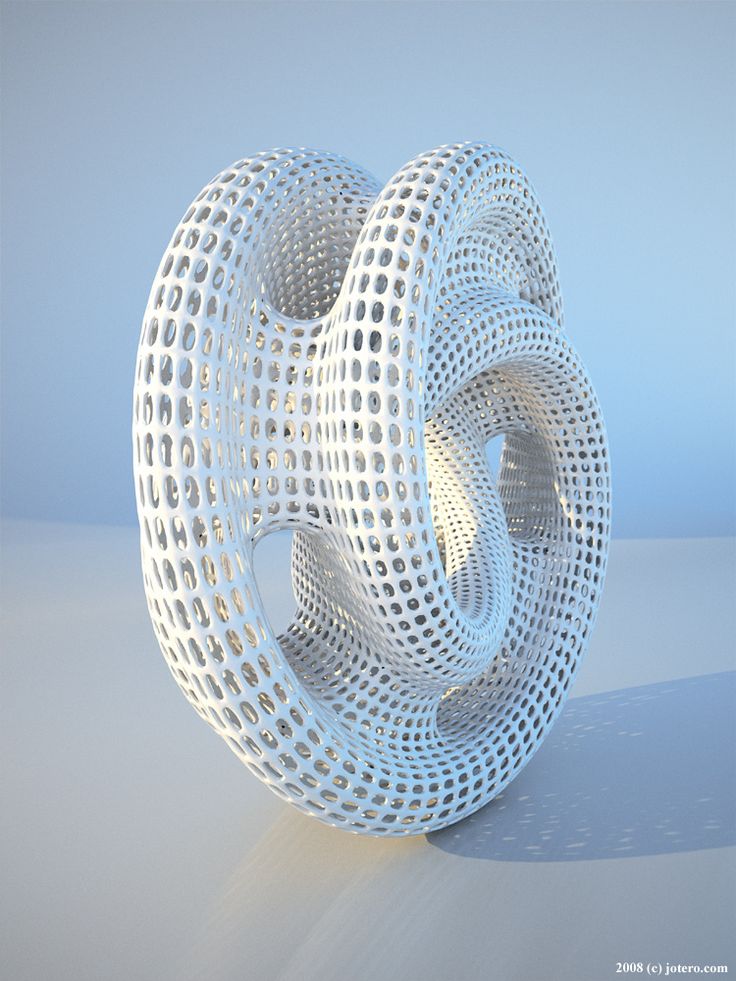
The finished sculptures were covered with a polymer to protect their bodies from UV rays and other bad weather. This project can be called intimate - it is about the fusion of art and nature away from human eyes. All the more stunning was the reaction of local summer residents who accidentally found out about the sculptures. In addition to complaints to Rospotrebnadzor, the forestry and the regional government, I received letters full of righteous anger, abuse and threats of physical violence in personal messages on social networks.
Where can I see the works?
From what it is possible to see at any time, a large interactive installation "Model of Bipolar Activity" in the St. Petersburg Erarta Museum. There is also a two-meter sculpture, consisting of many small details, "Kern" from the cycle "Paleogeomorphology". Right now I'm working on a large street sculpture that will also have a lot of 3D printing. This sculpture will become part of the exposition of the Museum of Academician Pavlov in Koltushi (Leningrad Region).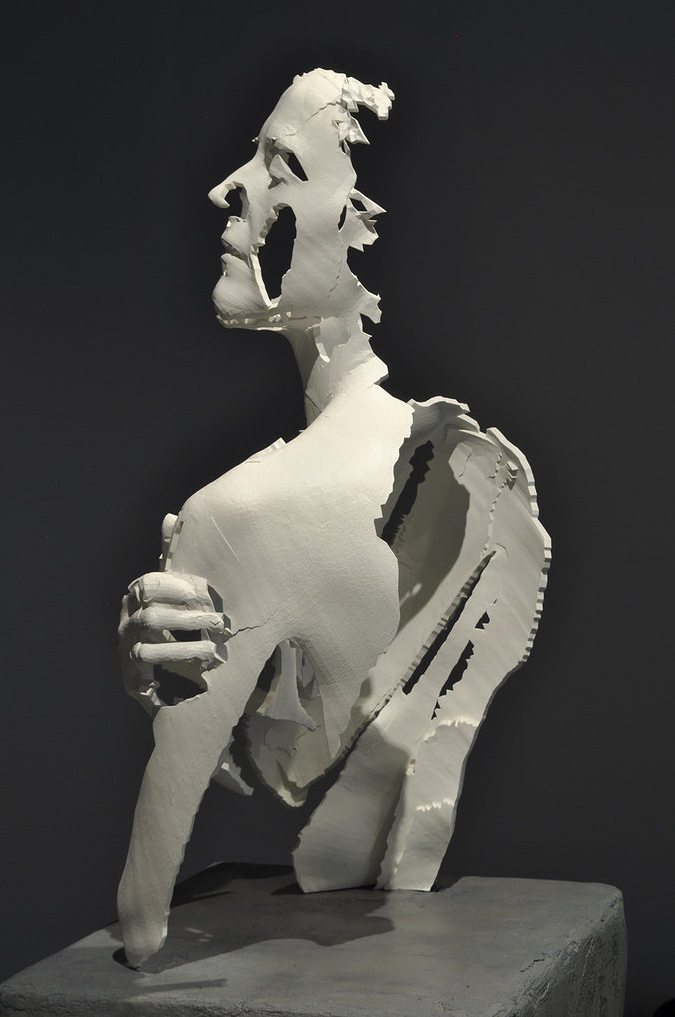 Well, those sculptures on the trees, which were mentioned above. You can come to the village of Gonginichi-Velikiy Dvor, Podporozhsky District, Leningrad Region, and see them with your own eyes, at the same time visiting the 21-meter-high Kavarga-Skit there.
Well, those sculptures on the trees, which were mentioned above. You can come to the village of Gonginichi-Velikiy Dvor, Podporozhsky District, Leningrad Region, and see them with your own eyes, at the same time visiting the 21-meter-high Kavarga-Skit there.
"Revolutionary Substance", from the series "Archiving posthuman compost", 2020 plexiglass, 3D printing, polymers, 92X15, fragment.
How 3D printers are used in contemporary art: 9 unusual examples
Many artists and sculptors have begun to use plastic in their work - a cheap and such a convenient material.
And if earlier with the help of high-quality Canon or Epson printers it was possible to simply print a sketch, then with the development of new technologies and the advent of 3D printers, the possibilities of artists have become wider.
3D printing and scanning is now used not only for entertainment or utilitarian purposes, but also in contemporary art. Moreover, in recent years, 3D printing has covered such areas as modeling parts for ships, cars, ATMs, shoes, and even organs!
Incredibly, by combining 3D printing and art, you can open the horizons of fantasy and create something unusual.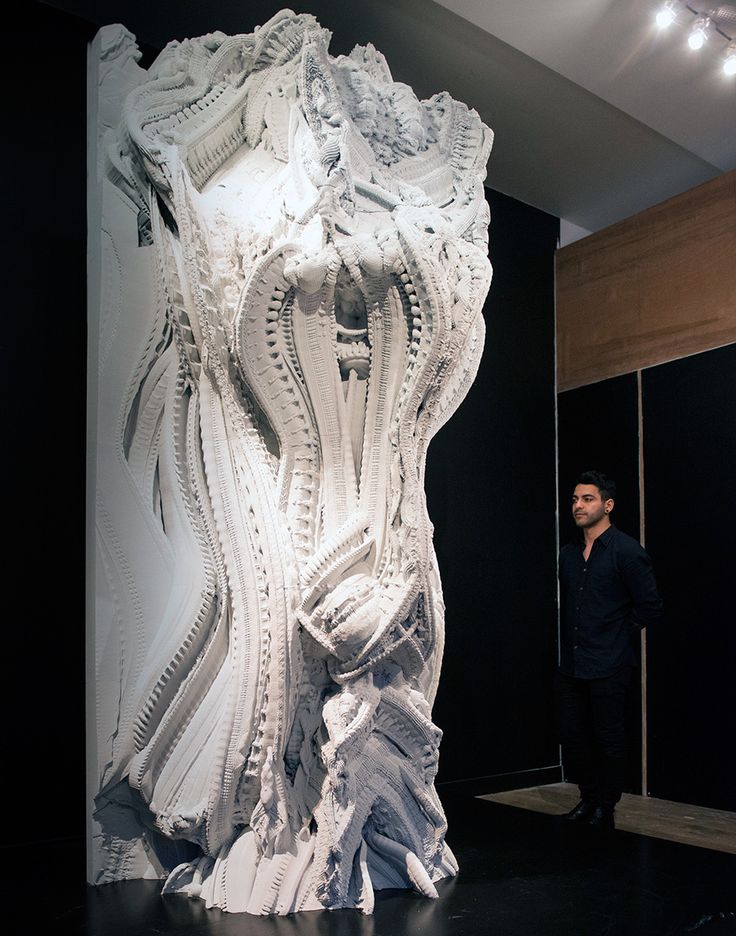
Ricardo Canedo Mondragon: 3D sound waves
Ricardo Canedo Mondragon has a passion for visualizing charts and sound waves, and this passion led him to bring his idea to life in print.
Michael Eden: Vases
Using semi-liquid clay, an English potter created an unusual collection of vases.
Chen Zhihe: Ink Blots
Chen Zhihe, a graduate of China's Central Academy of Fine Arts, presented an unusual Ink Cloud project as her graduation thesis, depicting the meaning of traditional Chinese ink painting art and printing a digital 3D counterpart.
Hanna Socap: Insides Clothing Collection
A futuristic fashion collection presented by fashion designer Hanna Socap. And like a cherry on the cake - unusual accessories that complement the style are printed on a 3D printer.
Valeria Promohova: 7 Davidov
In the hands of designer Valeria Promohova, Michelangelo's David was reproduced and played with the help of 3D printing.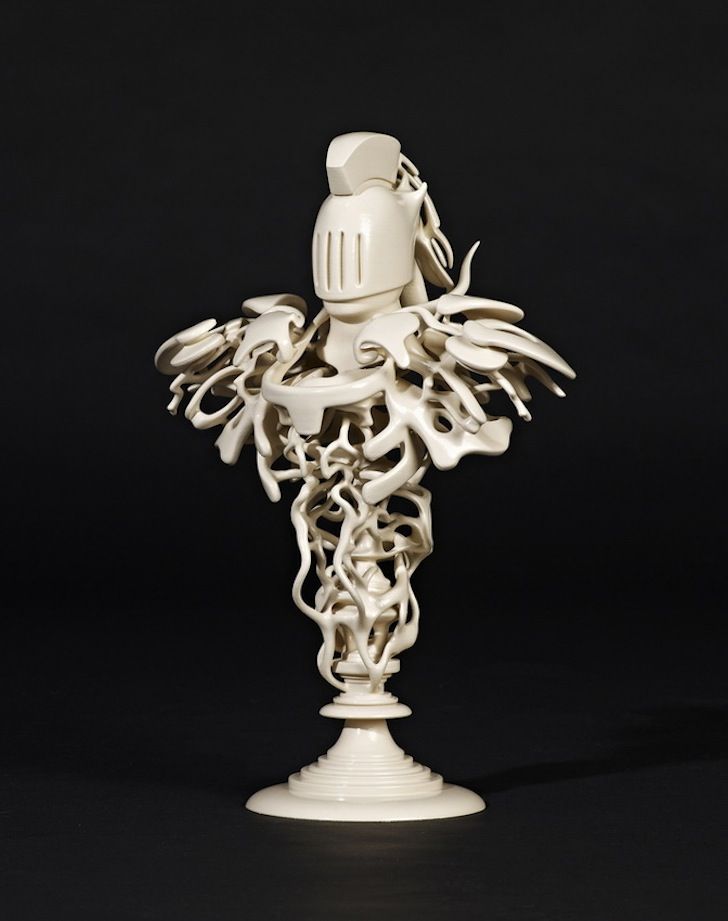 Thus, 7 Davids were "assembled" from spirals, colors, curves and other interesting design elements.
Thus, 7 Davids were "assembled" from spirals, colors, curves and other interesting design elements.
Joshua Harker Skull with Wings
This unusual figurine was created and printed by designer Joshua Harker. As materials, he used compounds of nylon and glass, polyamide, connected with a laser.
Guille Azzaro: Sculpture of Barack Obama's Voice Recording
Guille Azzaro from Casablanca, who won the unusual title of voice sculptor, 3D printed a voice wave sculpture of Barack Obama's February 2013 address to the American people and was even invited to the White House by Obama himself in June 2014. In addition to this work, Azzaro also has a series of sculptures of voice recordings of other world leaders.
Nervous System: 3D Jewelery
Of course, 3D printing has also made its way into the fashion industry. American studio Nervous Systems from Massachusetts has developed an unusually sophisticated collection of Floraform jewelry using a 3D printer.


